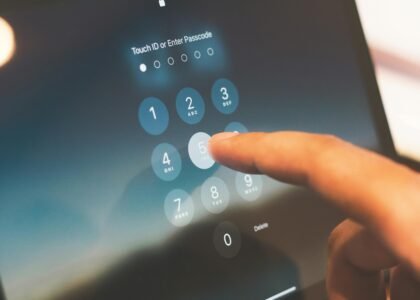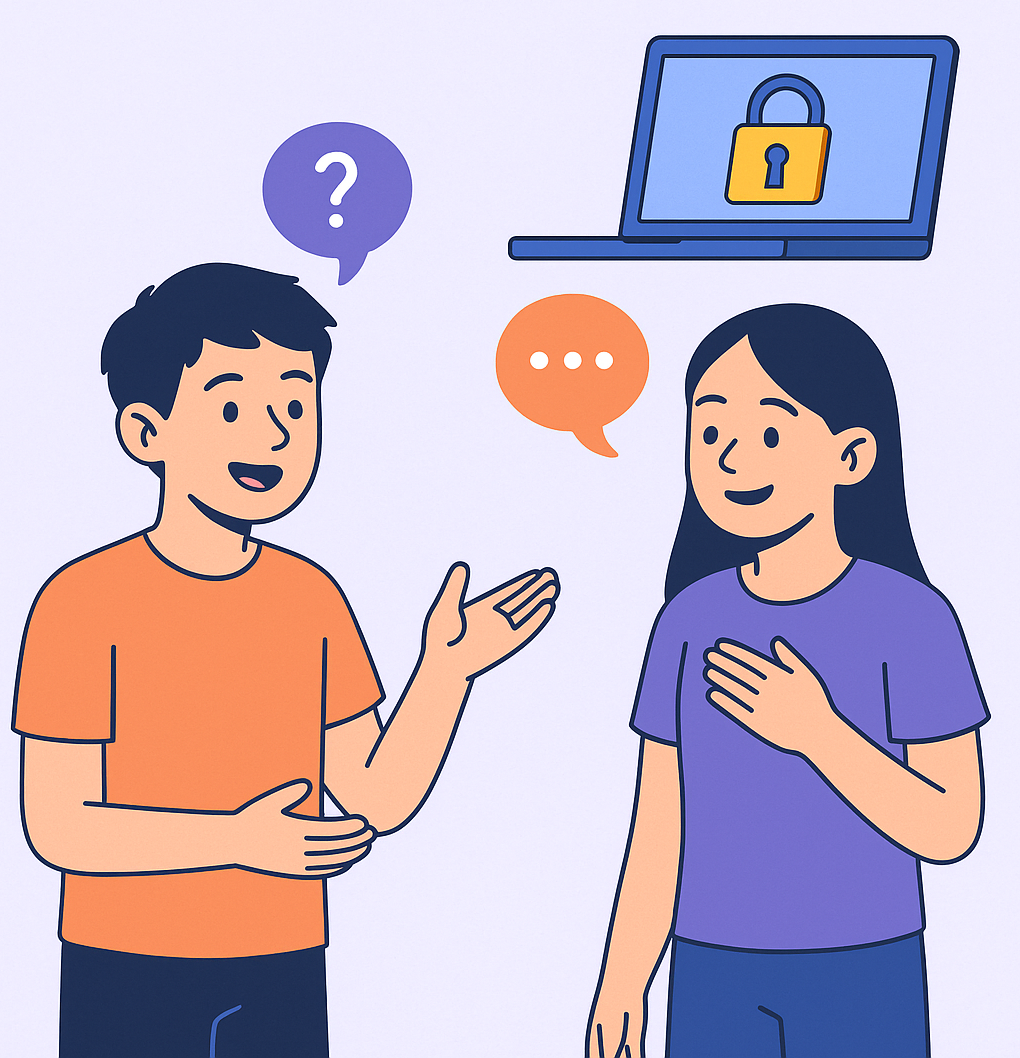For generations, parents taught their children to avoid talking to strangers in public places, a simple, memorable lesson known as “stranger danger.” But in today’s hyper-connected world, danger doesn’t always look like a suspicious person in a park. It can be a friendly message in a gaming app, a viral challenge on TikTok, or an ad that asks your child to “click here.”
That’s why digital citizenship needs to be the new “stranger danger.” It equips children with the skills to think critically, act responsibly, and stay safe online. Just as we teach our kids to look both ways before crossing the street, we must now teach them how to navigate the internet with the same level of caution and awareness.
What Is Digital Citizenship?
Digital citizenship is the ability to use technology safely, ethically, and responsibly. It includes understanding privacy, being kind online, protecting personal data, recognizing fake content, and knowing when and how to speak up when something feels wrong.
Why It Matters More Than Ever
-
Online “Strangers” Are Often Disguised
Predators, scammers, and bad actors often appear as peers, brands, or even influencers. -
Digital Footprints Are Permanent
What children share online—whether photos, posts, or personal details—can follow them for life. -
Cyberbullying Can Be Silent and Invisible
Unlike playground bullying, digital harassment often happens out of sight from adults. -
Misinformation Spreads Fast
Kids need the tools to spot misleading or harmful content before they engage with or share it.
5 Easy Tips to Teach Digital Citizenship at Home
-
Create a Family Tech Agreement
Outline rules together: what’s okay to share, screen time boundaries, and how to treat others online. -
Use Real-Life Scenarios for Learning
Talk about what to do if someone asks for their address or if they receive a mean message online. -
Make Privacy a Priority
Teach your child how to adjust privacy settings and explain why oversharing can be risky. -
Encourage Critical Thinking
Ask questions like, “Is this source trustworthy?” or “Why do you think they posted this?” -
Be Their Safe Space
Let your child know they can come to you without fear of punishment if something happens online that worries them.
Final Thoughts
Just as “stranger danger” became a mantra to protect children offline, digital citizenship should become the new norm for protecting them online. By making these conversations part of everyday life, we can raise thoughtful, resilient digital natives who know how to stay safe and act with integrity online.






